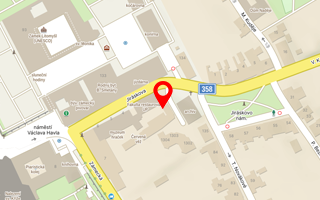Publikace detail
Morový sloup v Kutné Hoře – komplexní příprava restaurátorského zásahu
Autoři:
Ďoubal Jakub | Kolář Roman
Rok: 2016
Druh publikace: článek v odborném periodiku
Název zdroje: Zprávy památkové péče (Journal of Historical Heritage Preservation)
Strana od-do: 424-432
